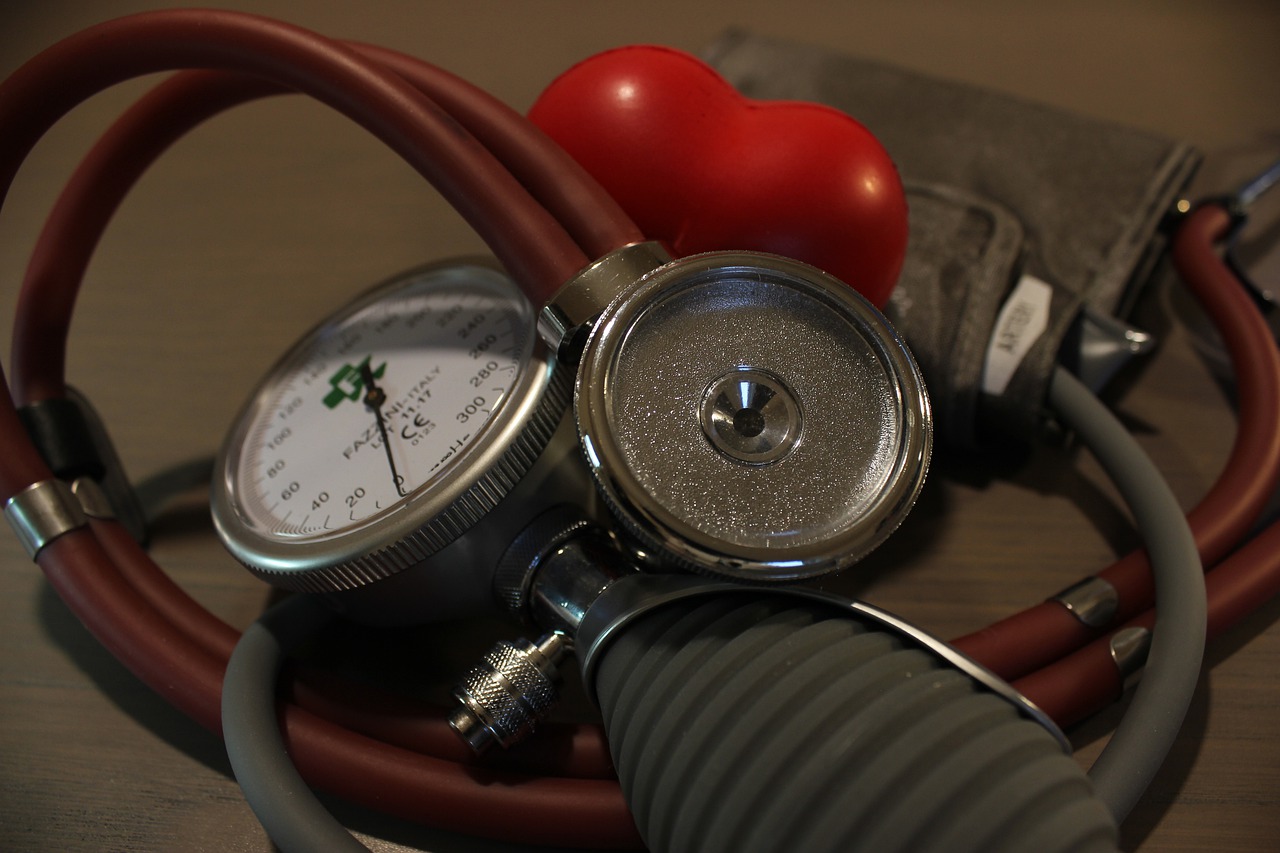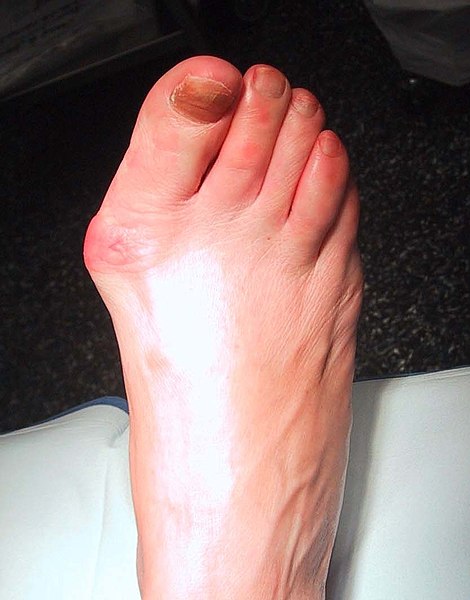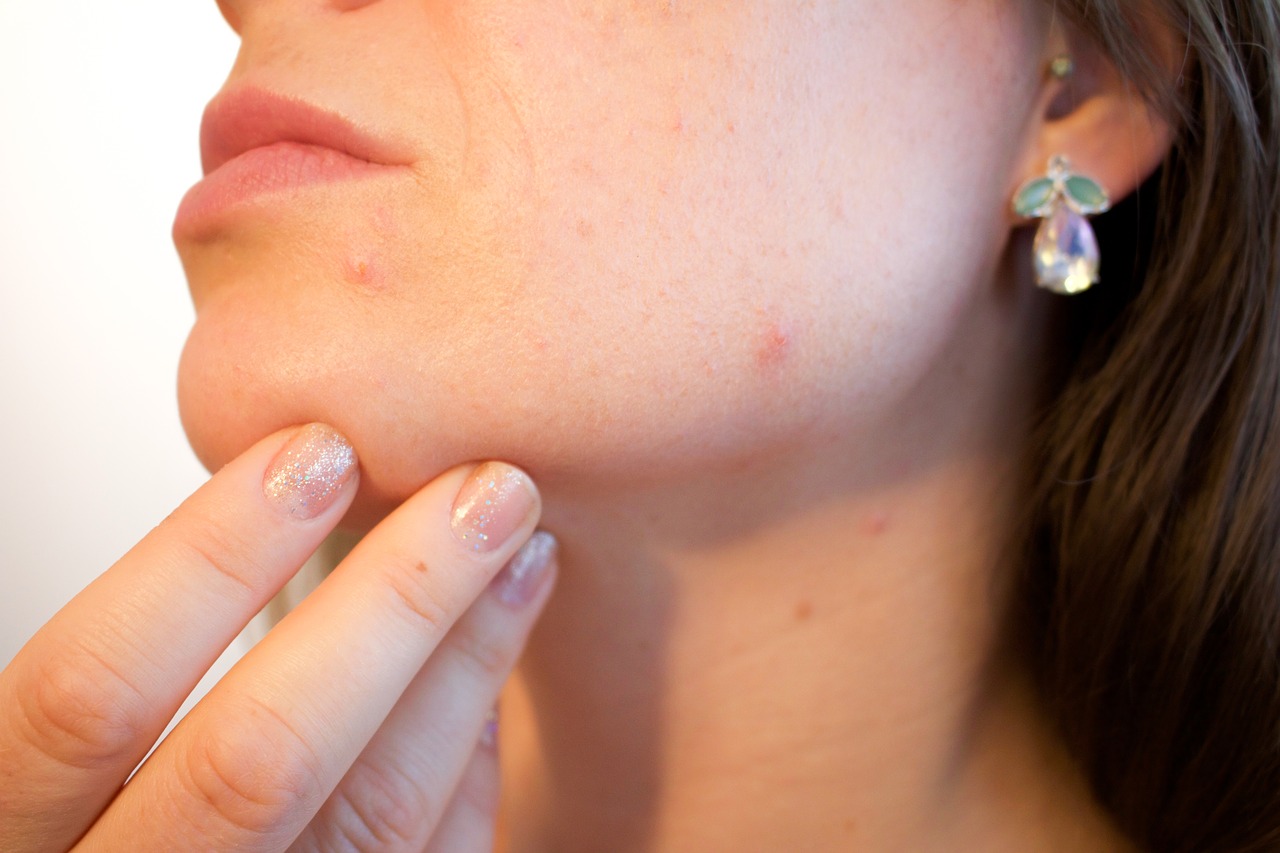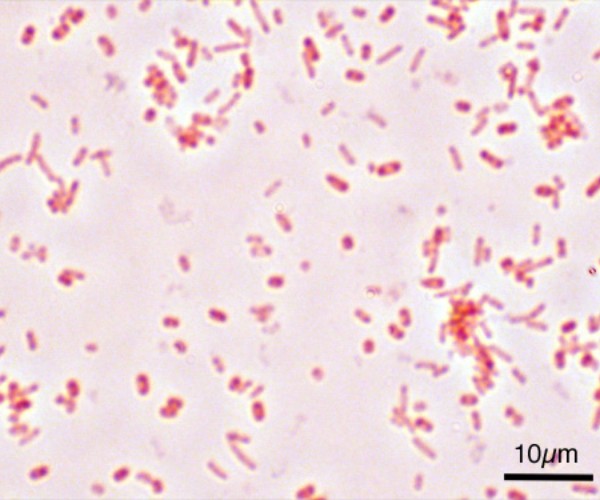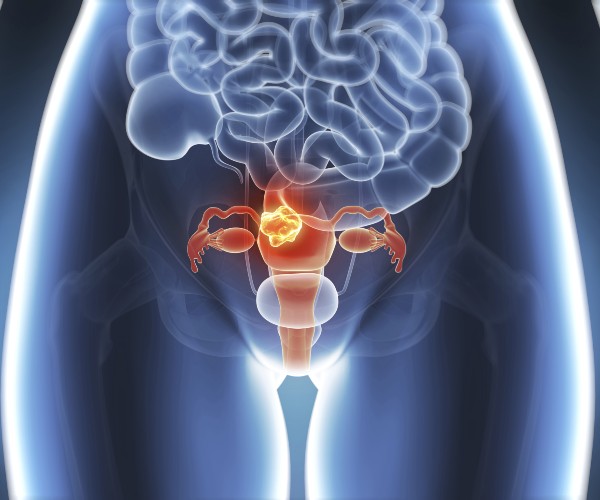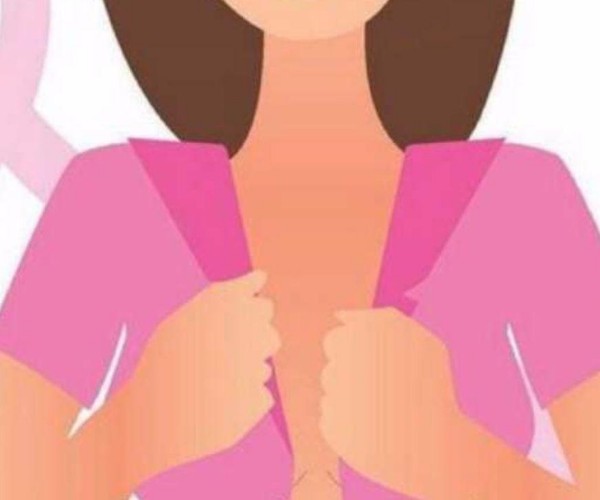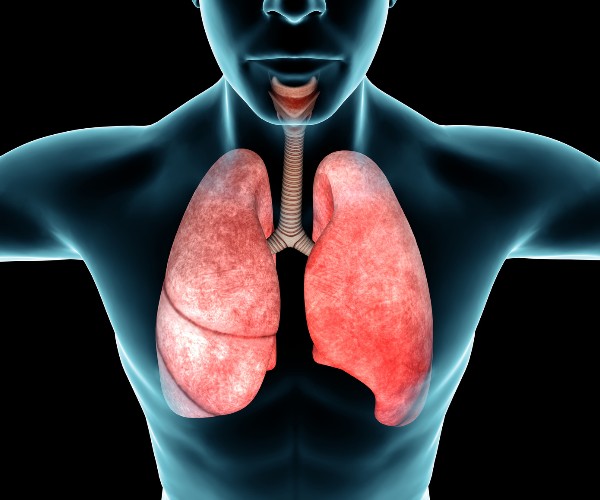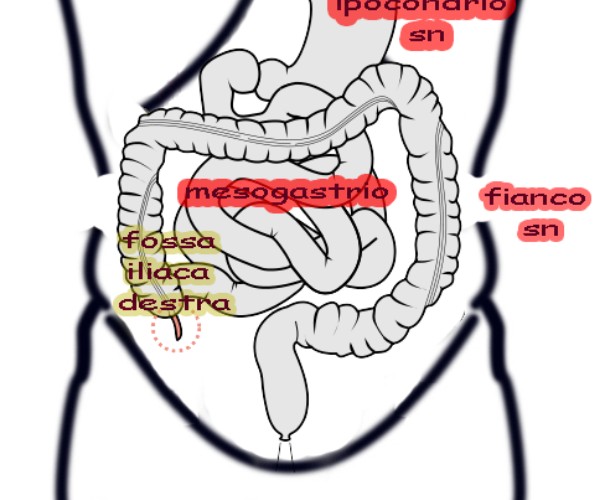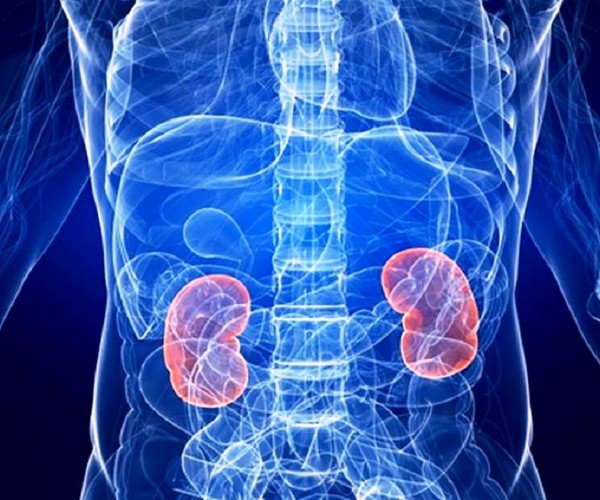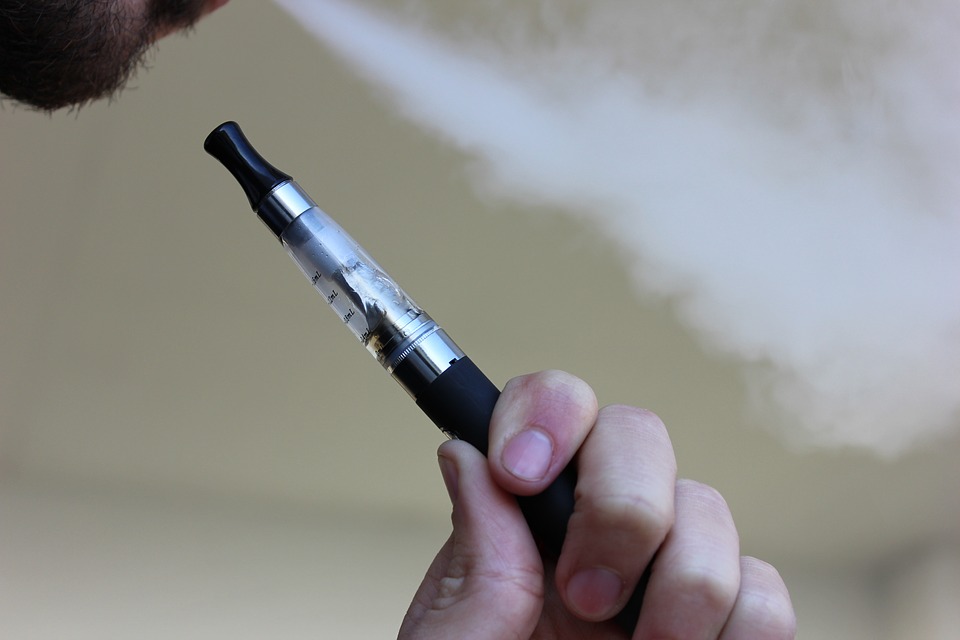The syndrome of
toxic shock
is a particularly risky type of shock caused by toxins produced by bacteria(staphylococcus or streptococcus).
Toxic shock syndrome can happen to anyone and occur as a result of skin injuries, following surgery, and also from the use of menstrual products and pads or contraceptive devices.
Usually these bacteria are present on the surface of the skin and mucous membranes, but it can happen that they can proliferate, spread to devices such as menstrual pads or contraceptive devices, as well as to skin wounds, and proliferate giving rise to dangerous toxins, proteins that amplify bacterial infection.
Against this onslaught the immune system counteracts its own means, cytokines that trigger an inflammatory mechanism, fever, resulting in extremely risky clinical episodes for shock that require rapid and effective intervention so as not to risk fatal outcomes.
Risk factors
Toxic shock syndrome can affect everyone indistinctly, but more frequently women of menstrual age. The rest of the cases may involve elderly women as well as men and children affected by bacterial infections.
The following factors are to be considered risky:
- Wounds and cuts on the skin.
- The post-surgical risk of infection.
- Use contraceptive devices and tampons or menstrual pads.
- Having already been affected by a viral infection.
Complications of toxic shock can include kidney problems and damage resulting in failure, a sudden and significant drop in blood pressure, and even a general deterioration that can lead to the patient losing his or her life.
Symptoms
The most prominent signs and symptoms in toxic shock syndrome are:
- Low blood pressure.
- High body temperature.
- Muscle pain.
- Vomiting or bouts of diarrhea.
- Skin on hands and feet affected by rashes.
- Confusion state.
- Headaches and seizures.
Diagnosis
Diagnosis is based on the patient’s objective examination and collection of data pertaining to signs and symptoms, as there is no test for the diagnosis of toxic shock. At most, laboratory tests may be performed to check for bacterial infections, especially streptococcal and staphylococcal infections, or even tests to detect damage done to other organs, such as the kidneys.
Treatment
It is based on the administration of antibiotics , blood pressure stabilizing drugs and fluids to balance electrolytes
All organs that may have been damaged by toxic shock are monitored.




